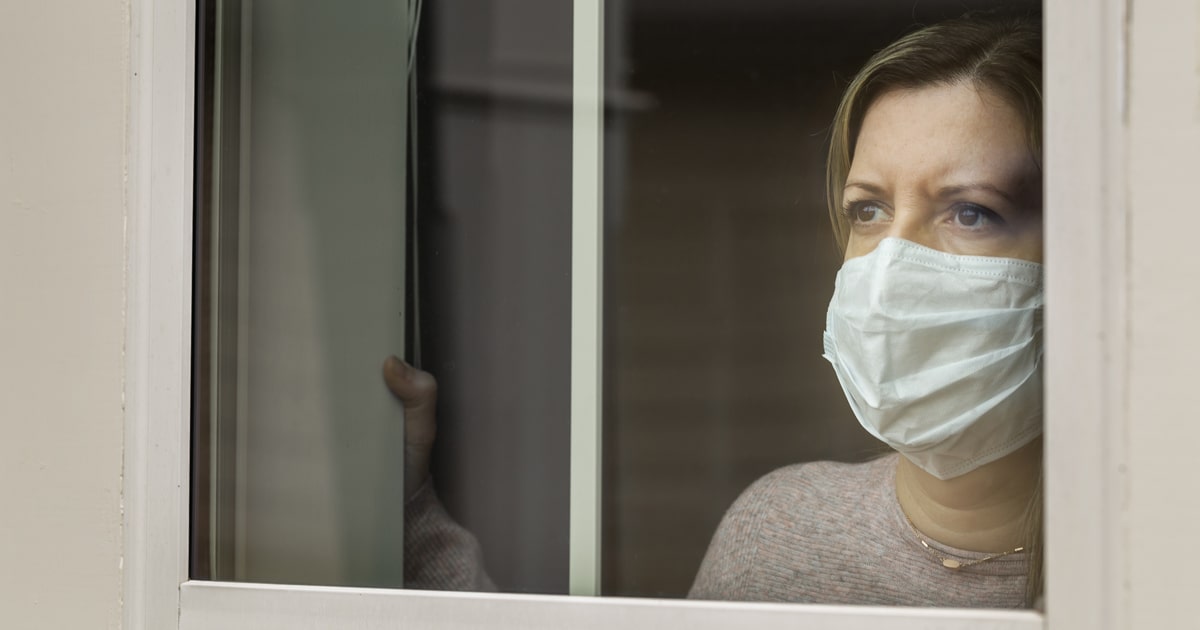
The last few weeks have seen fear-striking headlines as the news broke that a third of patients to die in UK hospitals from COVID-19 1 * also suffered from diabetes. In a country where nearly 5 million people are currently living with diabetes, 2 this understandably caused a shock.
But are these attention-grabbing statistics really that helpful for people who are diabetic and their HCPs? Here we take a look at the wider picture and discuss what the headlines mean in practice.
Understanding the risk
1. These statistics are referring to deaths, not infections
This is an important distinction to make. Although we are yet to fully understand the epidemiological characteristics of this virus, while diabetes has been linked to worse outcomes, 3 it is not currently thought to increase the risk of infection. 4- 6
2. Age is still the biggest determining risk factor
Although these statistics do appear high, age is by far a stronger determinant of disease outcomes.
To put this in perspective, the mortality rate for coronavirus consistently increases with age, 7 with approximately 18.4% of people over 80 predicted to require hospitalisation if infected, compared to less than 5% for those under 50. 8 This makes the baseline risk of dying from coronavirus higher for older adults.
When factoring in the influence of diabetes on coronavirus outcomes, we consider it alongside the existing baseline risk. This concept is best explained in this video from Diabetes UK:
Diabetes is also more prevalent in the older generations, 9 which may contribute to these statistics.
Ultimately, it’s important to remember that the number of deaths related to COVID-19 in diabetic patients under the age of 40 is comparatively very low. 4
3. The majority of those with diabetes will still only experience mild symptoms that can be treated at home
Based on data described by the World Health Organisation, it is estimated that for every 100 people infected with the virus, 80 people will be asymptomatic or experience mild symptoms, 15 will experience severe enough symptoms to require additional oxygen and 5 will experience critical infections that require ventilation.10 Therefore the vast majority of cases within the population are mild.
This holds true for those living with diabetes. Although worse outcomes are more likely, most people will still only experience mild symptoms. 4
4. Diabetes alone is not considered a strong enough risk factor to justify shielding
According to the UK government, those in the population classed as ‘extremely clinically vulnerable’ are recommended to take stricter precautions to avoid infection, such as avoiding supermarkets and outdoor exercise.
At present, someone with diabetes who is otherwise healthy would only be considered at moderate risk of developing complications from COVID-19 infection. 11 In this case the current advice is to stay at home as much as possible and to avoid contact with people from other households. 4
5. Those living with diabetes already have an increased mortality rate
For those with diabetes, there is already a demonstrated increase in all-cause mortality rate. This is a risk that is for many people, an accepted part of day to day life.
Emphasis is placed on the patient to minimise this risk by monitoring and managing their condition as best as they can. This advice also holds true while coronavirus is currently circulating.
Practical considerations
While having multiple risk factors does increase your chance of poor disease outcomes, e.g. having diabetes and being over the age of 80, the shielding system is in place to protect these individuals and they will be made aware of the necessary precautions through both the government and their HCPs.
All things considered, the best advice for those living with diabetes right now who may be feeling concerned is to keep looking after yourself:
Watch your blood sugar levels
Monitoring your blood sugar is as important as ever. Diabetic emergencies such as diabetic ketoacidosis (DKA) are more likely to occur when your body is fighting an infection.
Remember to look out for the four T’s: toilet, thirsty, tired, and thinner. If anything feels wrong, contact your GP. 1
Follow social distancing
The main thing that any of us can do right now is to keep our distance: protecting ourselves and helping to keep infection levels low
Ask for help if you’re unsure
Diabetes UK has set up a new helpline to support patients in managing their diabetes during the outbreak. Get in contact or have a look at their helpful online tools here
For more content on women’s health, digital healthcare, marketing best practice and much more, keep an eye on our blog.
*Between 1st March and 11th May








